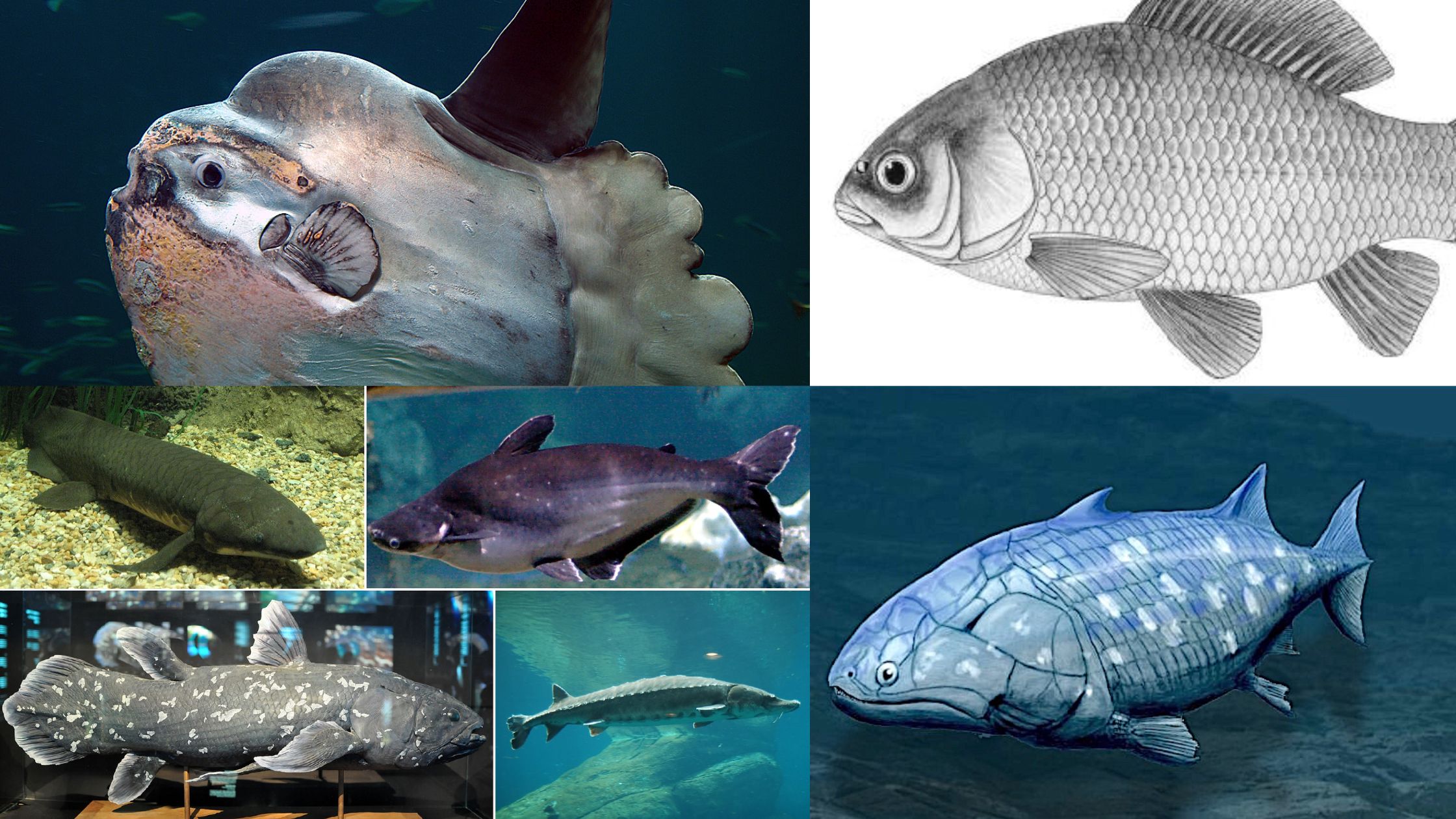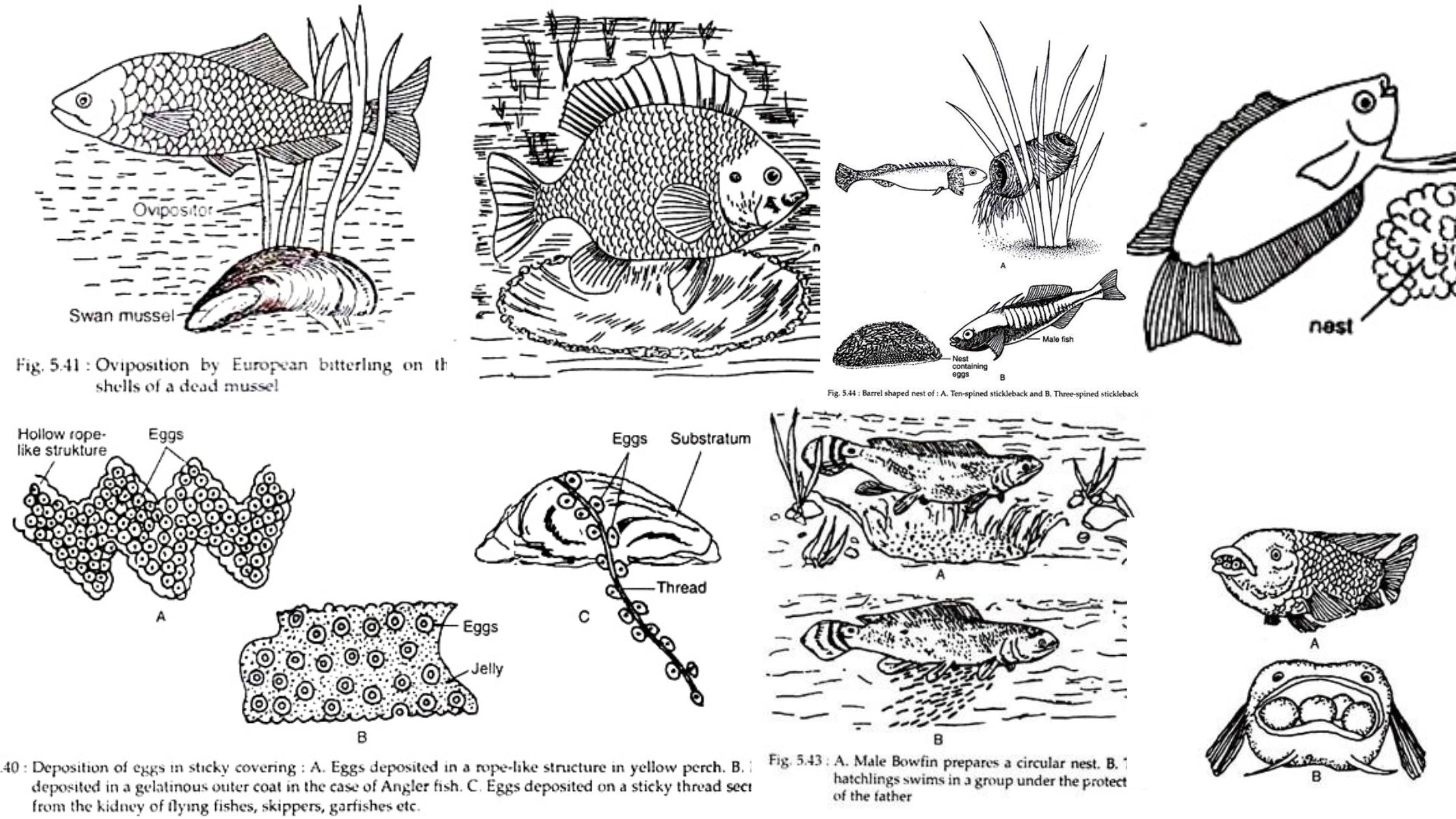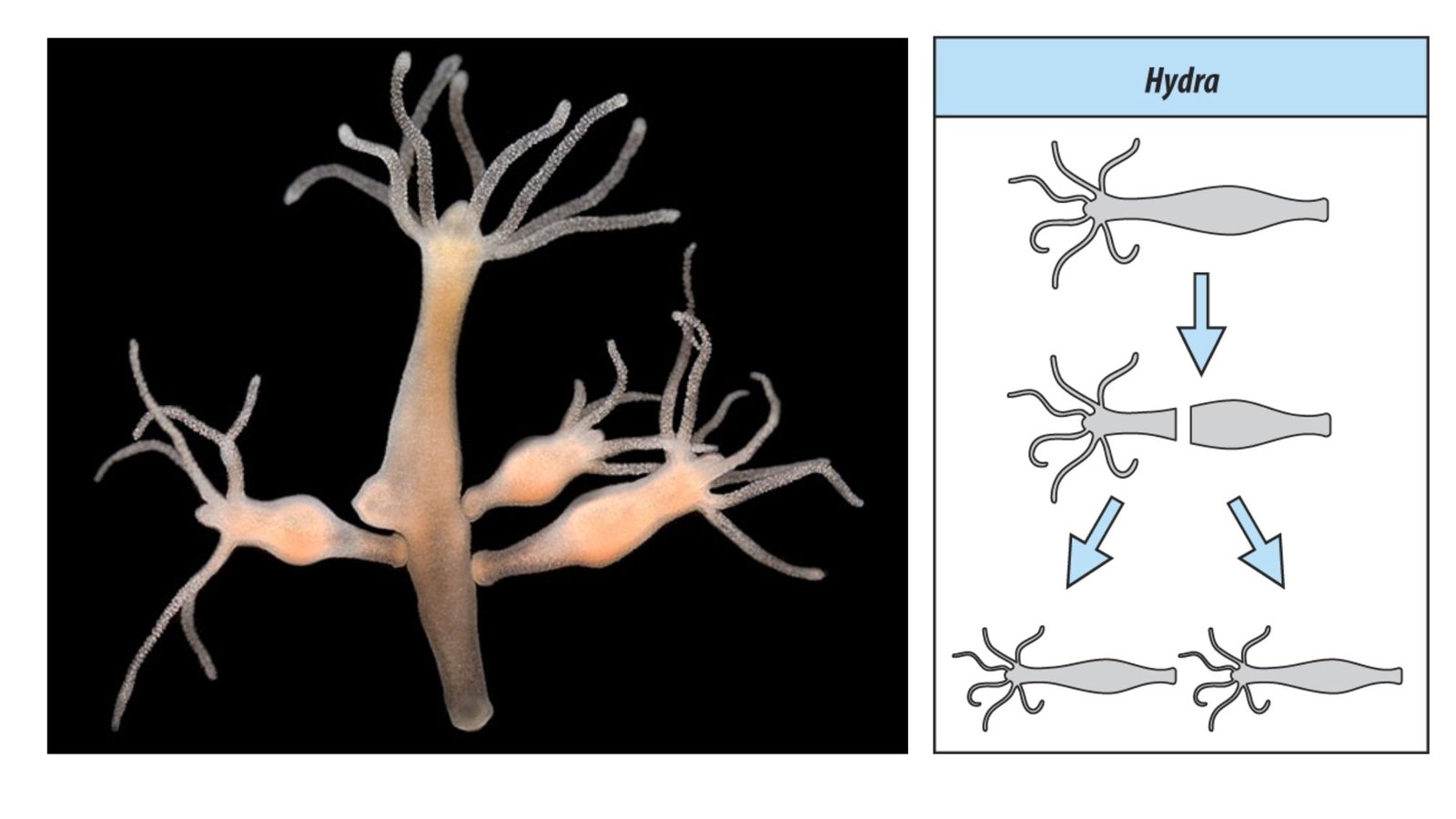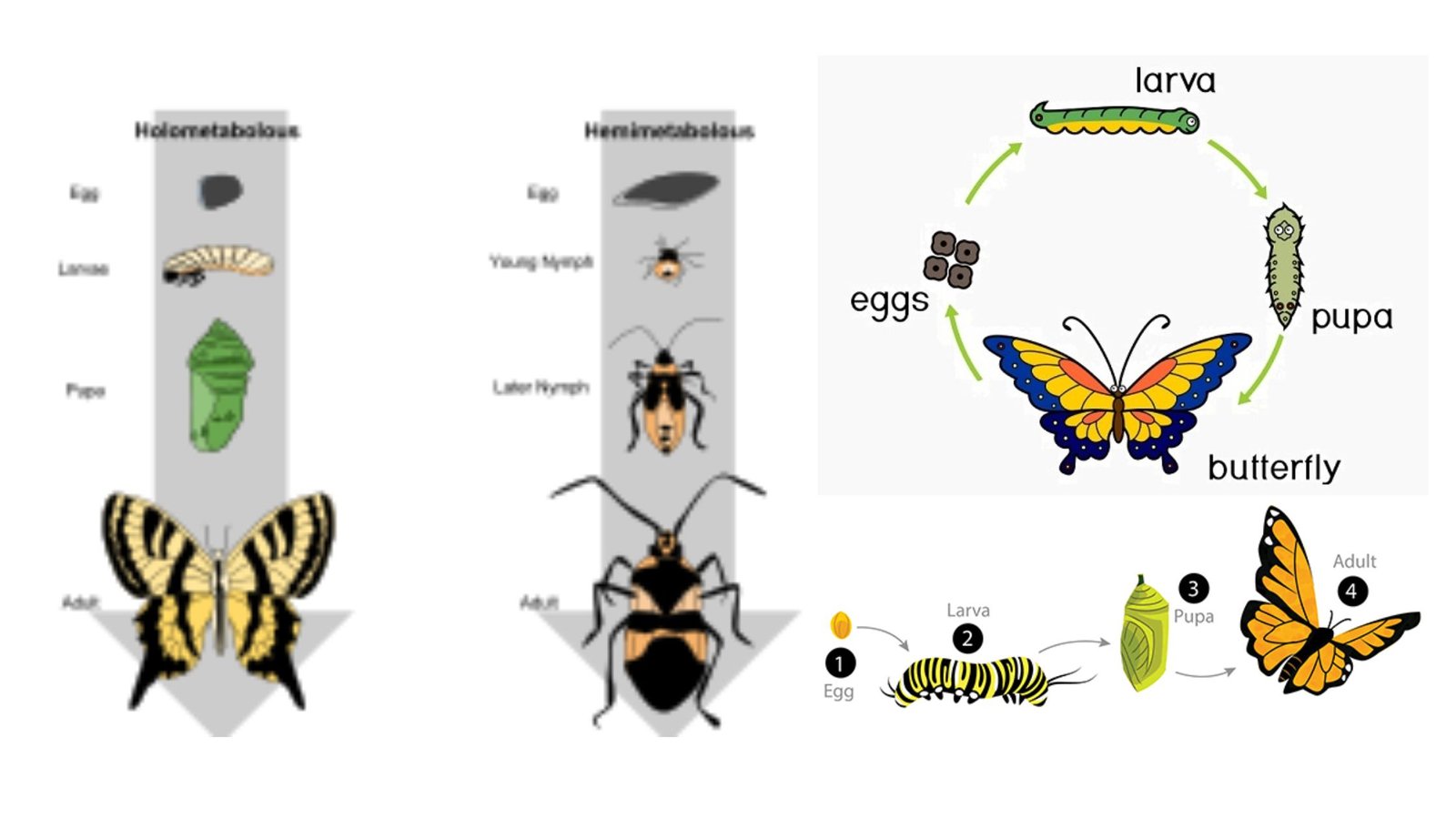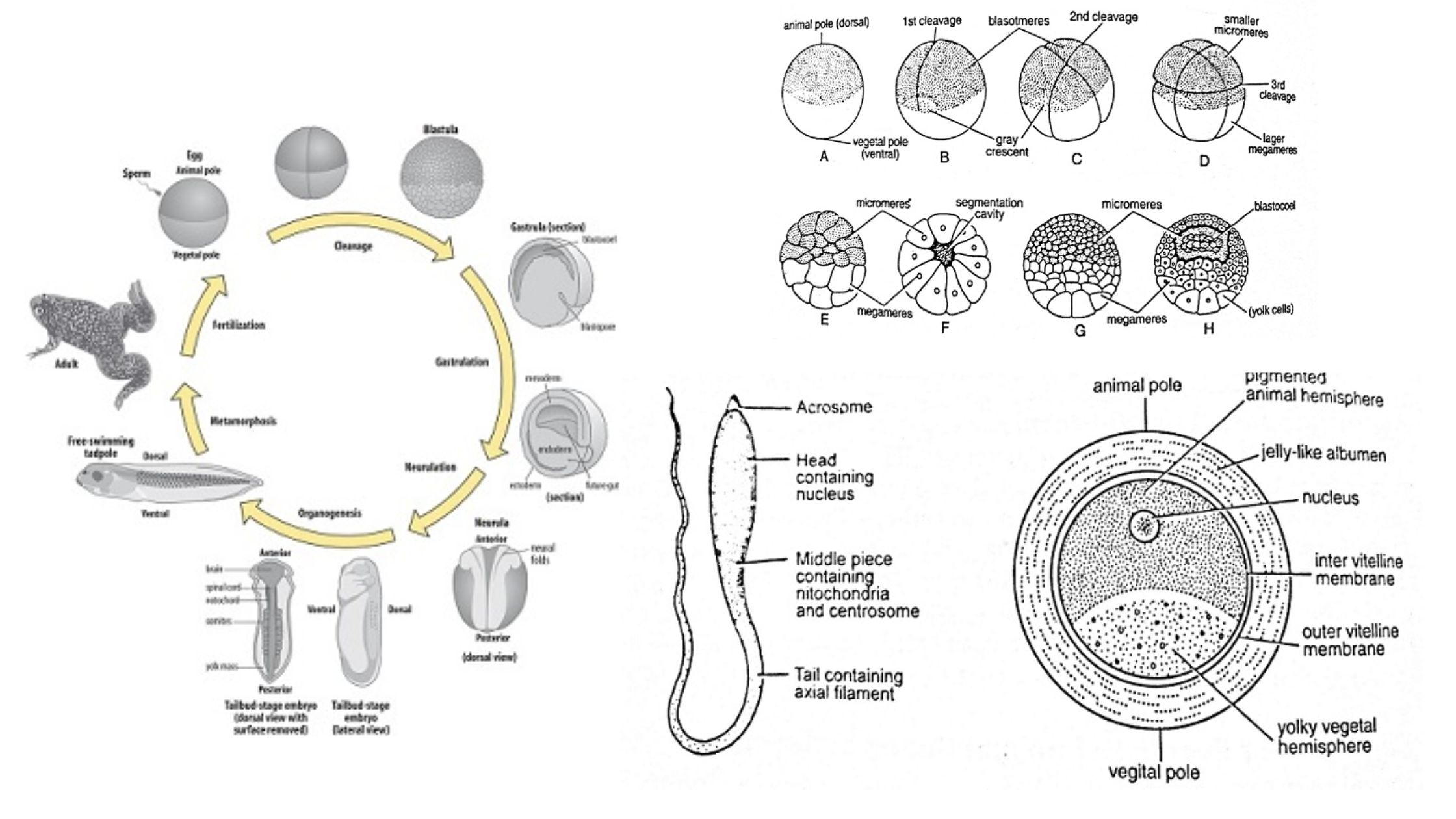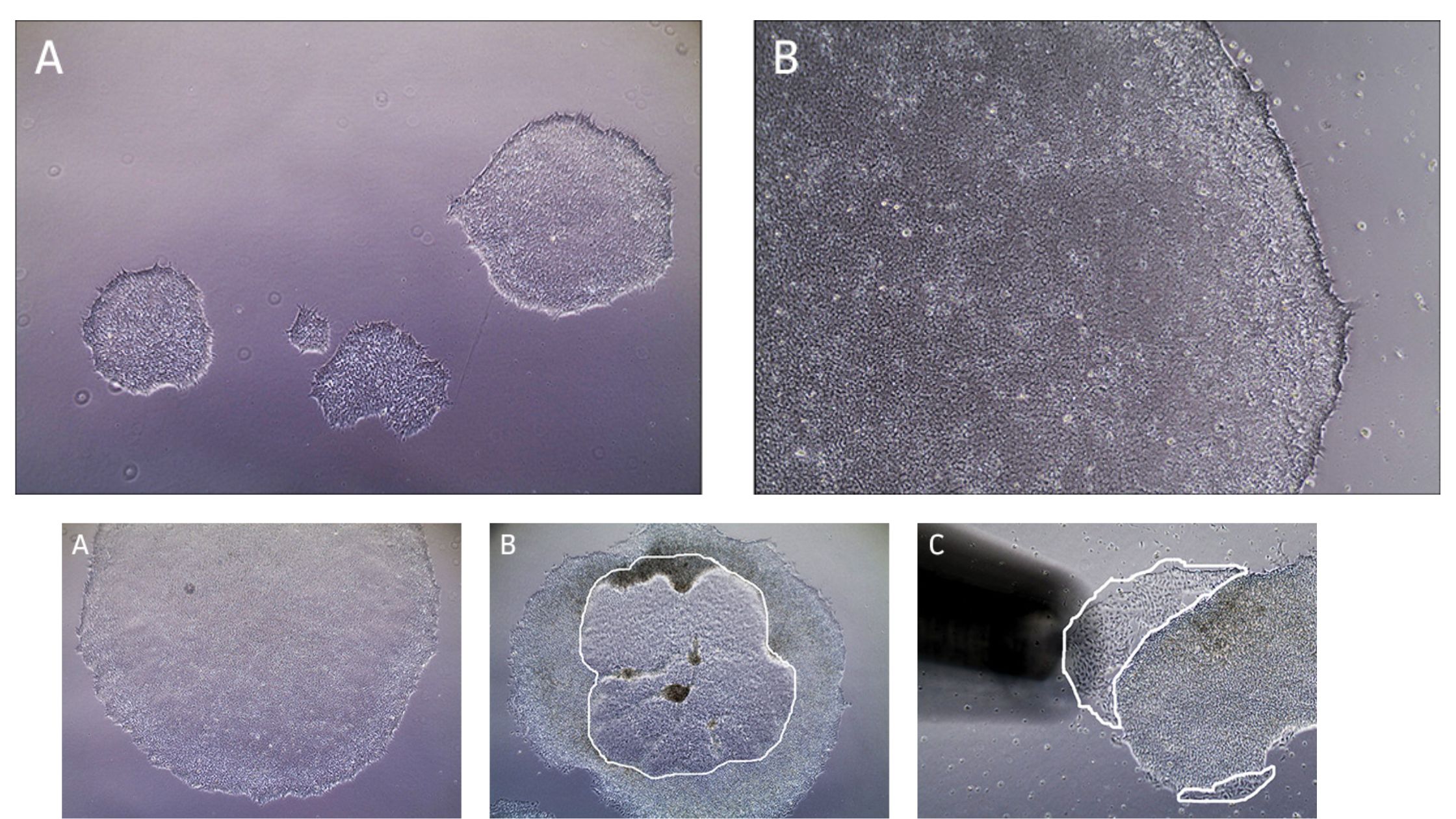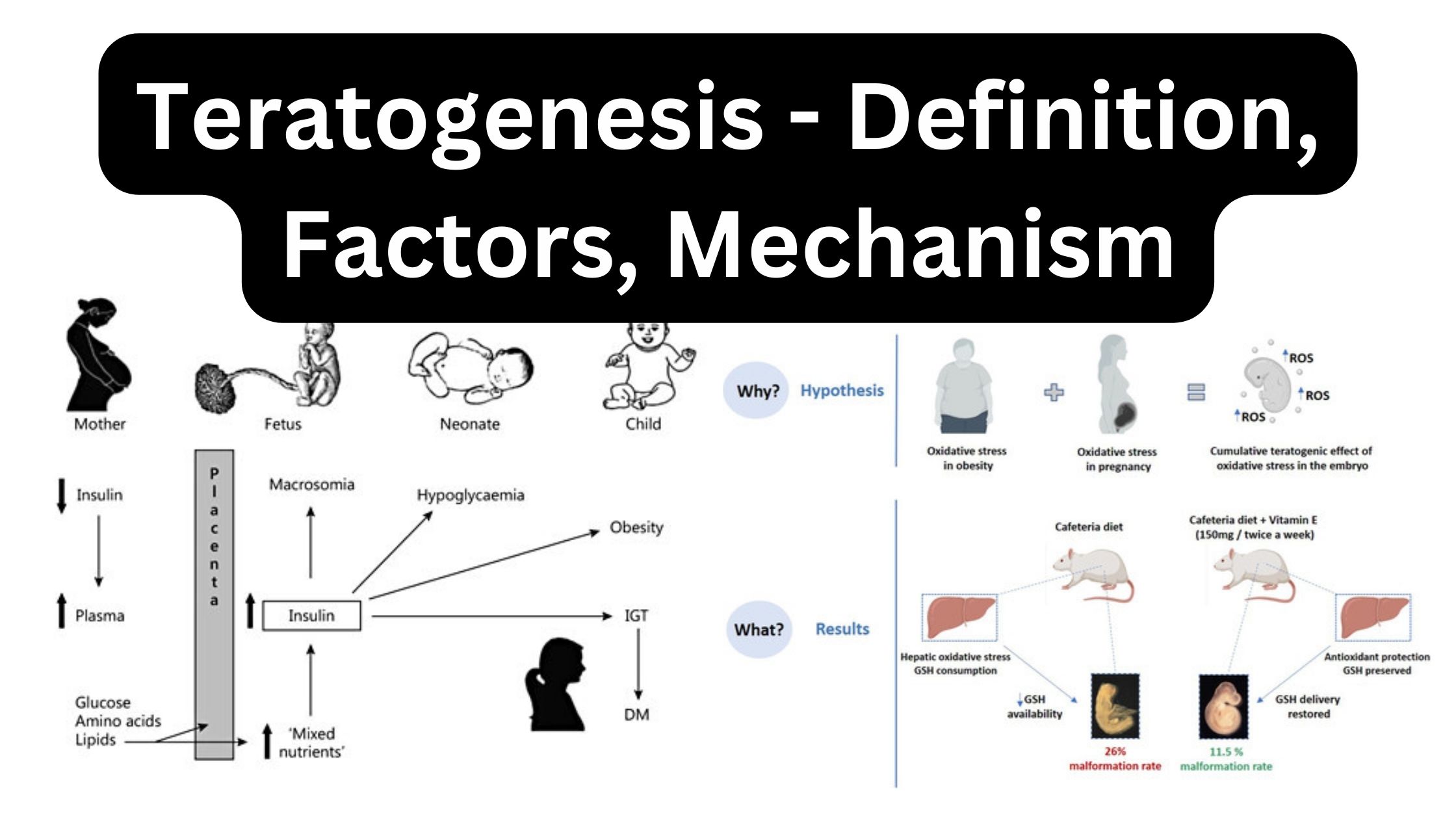Chondrichthyes – Characteristics, Classification & Examples
Kingdom Animalia Phylum Chordata Subphylum Vertebrata Division Gnathostomata Superclass Pisces Class Chondrichthyes Characteristics of Chondrichthyes Chondrichthyes, also known as Sharks, Skates, and Rays, exhibit a range of fascinating characteristics. Here are some key features of these jawed fishes: These characteristics contribute to the unique adaptations and biological traits of Chondrichthyes, making them a diverse and … Read more

